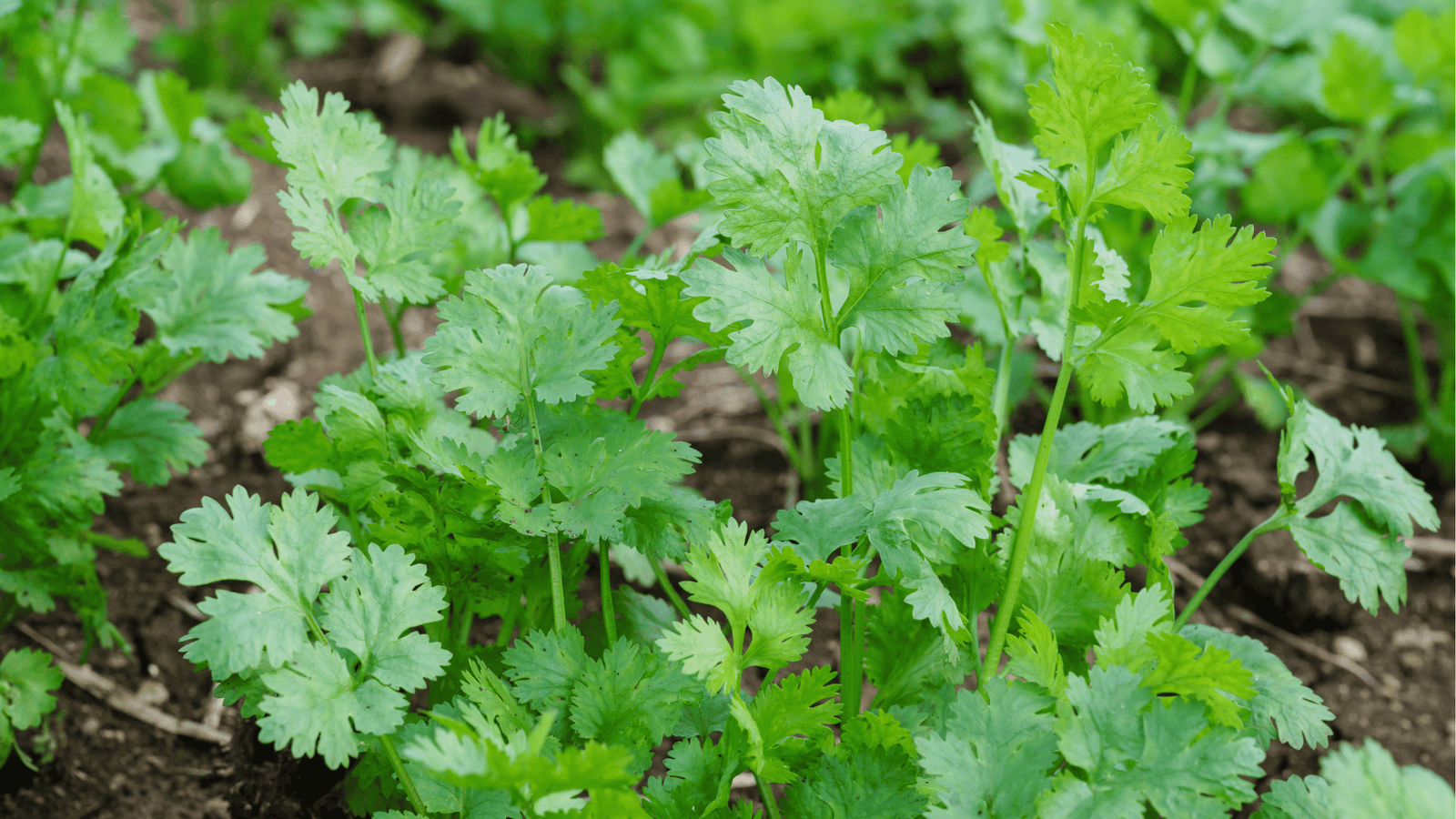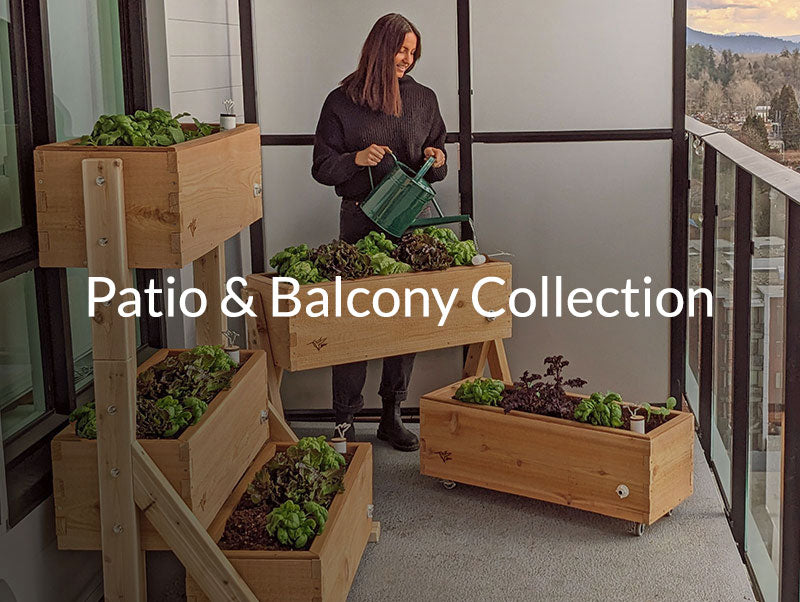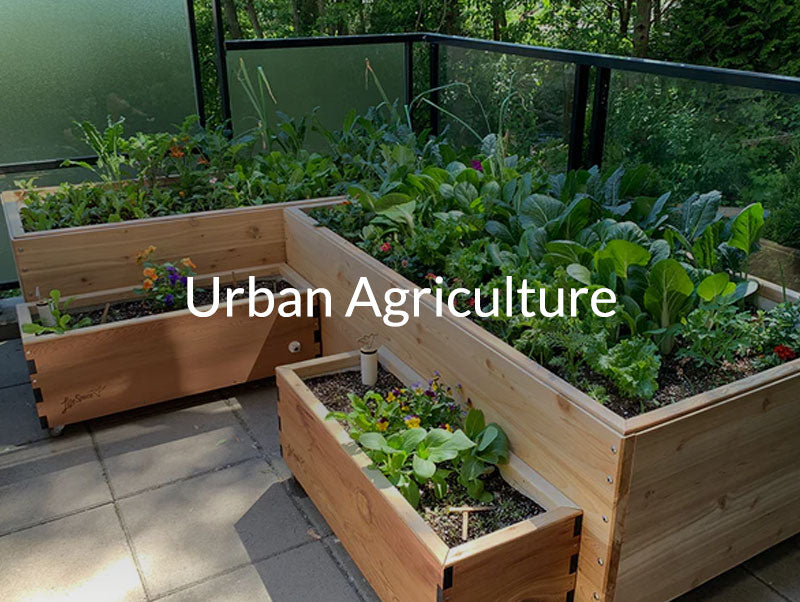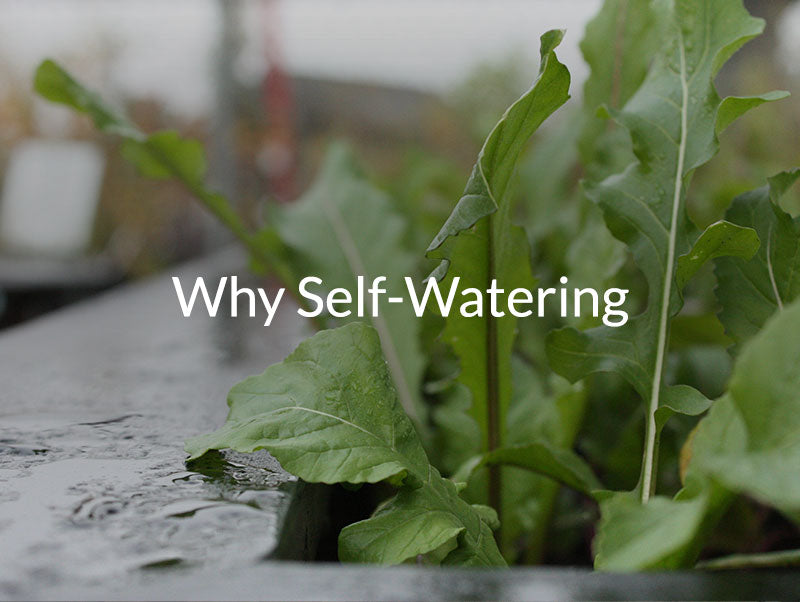Cilantro Growing Guide🌿: Planting, Watering, and Harvesting Tips

Introduction
Cilantro is a fast-growing, versatile herb beloved in countless cuisines worldwide. It thrives in SIPs and wicking beds, where bottom-up hydration promotes lush growth and prolongs harvests. Using GardenWells inserts keeps your cilantro perfectly watered while reducing maintenance — making it ideal for balconies, patios, and raised beds alike.
When to Plant Cilantro
-
Spring: Direct-seed in April through May once frost danger has passed. See the April Gardening Guide for early sowing strategies.
-
Summer: Choose slow-bolt varieties and succession sow every 2–3 weeks to keep a steady supply; see the June Gardening Guide for tips on maintaining SIP hydration during heat waves.
-
Fall: Sow a final crop in August for cool-season harvests. For guidance, visit the September Gardening Guide.
Square Foot Gardening Spacing
-
Spacing: 4–6 plants per sq ft (~4” apart)
-
Depth: Sow seeds ¼” deep
-
Companions: Pairs beautifully with tomatoes, peppers, and lettuce.
How to Plant Cilantro
Direct Seeding (Preferred)
-
Cilantro dislikes transplanting, so sow directly when possible.
-
Plant 2–3 seeds per hole, thinning to the healthiest seedling after germination.
-
Keep SIP soil consistently moist to encourage quick, strong sprouting.
Transplanting (Optional)
-
If starting indoors, use biodegradable pots to minimize root disturbance during transplanting.
Watering Your Cilantro
Cilantro benefits from consistent, even hydration:
-
Use your WaterStem to monitor levels: when the Hummingbird rises, the reservoir is full; when it drops, refill.
-
Before establishment: Top-water lightly for the first 7–10 days until roots reach SIP moisture zones.
-
After establishment: Refill reservoirs every 1–2 weeks, adjusting for heat and plant size.
-
Mulch lightly to maintain SIP moisture and keep roots cool during summer.
Harvesting Cilantro
-
Leaves: Start harvesting tender leaves 25–35 days after sowing.
-
Cut-and-Come-Again: Snip outer stems first and let the center regrow for ongoing production.
-
Coriander Seeds: Allow plants to bolt and dry for coriander seed harvests later in the season.
Common Issues & Fixes
| Issue | Likely Cause | Solution |
|---|---|---|
| Early Bolting | Hot temperatures or stress | Use slow-bolt varieties and provide partial shade |
| Yellowing Leaves | Overwatering or nutrient deficiency | Use SIPs or wicking beds for controlled hydration and add compost |
| Poor Germination | Dry soil or compacted mixes | Keep SIP soils consistently moist and avoid heavy compaction |
Companion Plants for Cilantro
Best companions (with cross-links):
-
Tomatoes → Cilantro’s aroma can deter tomato pests.
-
Peppers → Excellent pairing for culinary use and companion planting.
-
Lettuce → Shares similar watering needs and thrives in SIP microclimates.
-
Spinach → Cool-season partners for early SIP planting.
-
Carrots → Complementary root depths maximize SIP space.
Avoid planting with:
-
Fennel → Competes chemically and stunts cilantro growth.
-
Other strong-rooted herbs that can overshadow cilantro’s shallow SIP roots.
Product Tips
-
Small spaces? Grow cilantro effortlessly in CondoFarms self-watering planters on patios or balconies.
-
DIY gardeners? Convert raised beds into high-performing wicking beds with GardenWells inserts.
-
Scaling up for bigger harvests? Choose custom self-watering raised beds for larger, restaurant-quality yields.







